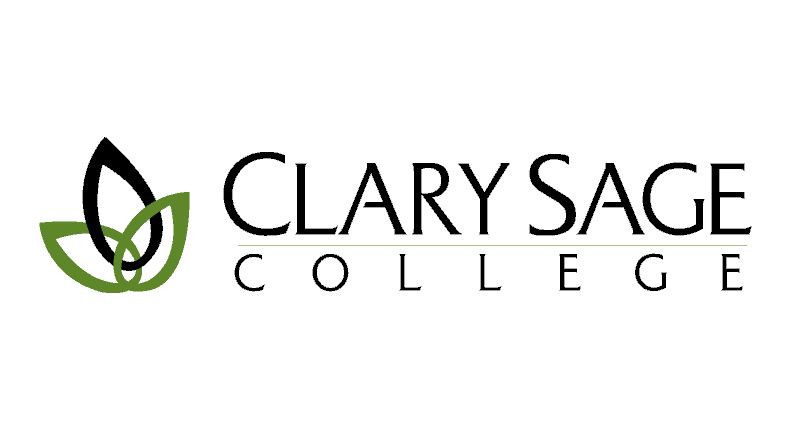By Laura Gordon
Continuing with the theme of ergonomics, we’re going from external environmental factors to the internal workings of the human body. In this blog we’ll study the saddle joint of the thumb.
In anatomy we learn the movement of synovial joints. These are freely moving joints and include saddle, hinge, pivot, ball and socket, ellipsoidal, and gliding. In massage the thumb is in constant use and therefore can be the strongest or weakest link in our work. Let’s take a closer look at the saddle joint:
This biaxial, carpometacarpal joint is made of one concave bone and one convex bone. These two saddle–shaped bones fit together at right angles. The structure and placement of this opposing finger gives full range of motion (flexion, extension, abduction, adduction and circumduction) excluding rotation. Because of its placement on the hand, as body workers, we are inclined to use it like a tool which, if improperly used, can be over worked and hyperextended – a habit, if not changed, is the fastest way to “blow out” our thumbs ending our massage career dreams.
Let’s look further into the structure of this joint:
Holding the saddle joint in place is a complex system of ligaments, tendons, and muscles. Here are some helpful descriptions found on the internet:
“Ligaments, tough bands of fibrous tissue, join bones together. Six major ligaments give stability to the wrist. These ligaments join with others to link the wrist to the hand.
Tendons, white, flexible fibrous cords at the ends of muscles, attach muscles to the radius, ulna, carpals, metacarpals and phalanges. When the muscles contract, they pull on the tendons to move the bone. Some tendons also serve as stabilizers.”
“Most of the small muscles that work the thumb and pinky finger start on the carpal bones. These muscles connect in ways that allow the hand to grip and hold.
The smallest muscles that originate in the wrist and hand are called the intrinsic muscles. The intrinsic muscles guide the fine motions of the fingers by getting the fingers positioned and holding them steady during hand activities.”
Take a moment to open and close your hand right now, observe the movement under the surface skin, and consider all that your ligaments, tendons and muscles do to perform this simple act. Pretty amazing, isn’t it?
One way to keep our massage work a lifetime career is to take care of our thumbs using ergonomics.
To protect our thumbs in massage we talk about “stacking the thumb”. This protects from hyperextending the thumb while doing deep tissue work. Keeping the wrist straight, the thumb becomes an extension of the forearm (see image). Another way we protect our thumbs is keeping them close to the palms while making long excursions on the body such as effleurage on the back and legs.
Your challenge this week is to observe how you use your thumbs in your everyday life or in a massage. Tell us where and how often you catch yourself overworking and/or over extending your thumbs. Comments about what habit changes you feel you should make to protect your thumbs.
Souces:
Ergonomics Body Mechanics and Self Care for Bodyworkers, 1st edition, Diane Redman & ArdathLunbeck, 2012
Massage Therapy Principles and Practice 3rd edition, Susan G. Salvo, W.B. Saunders, 2007
www.healthpages.org,
www.eorthopod.com










Comments are closed.